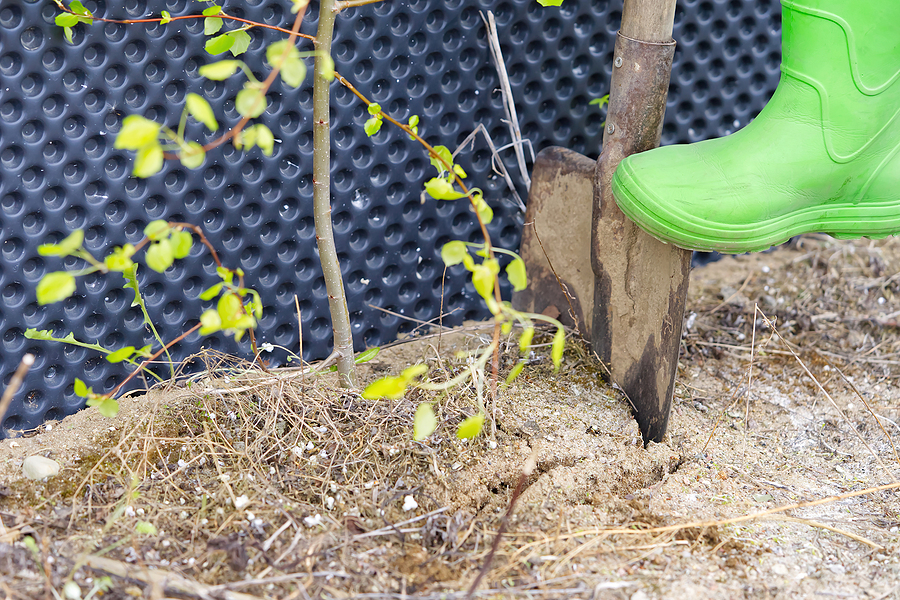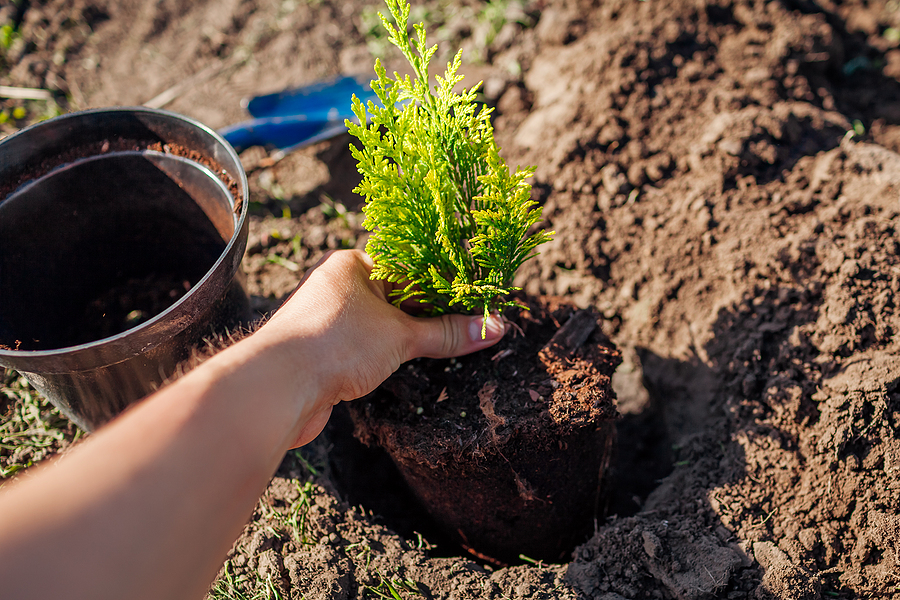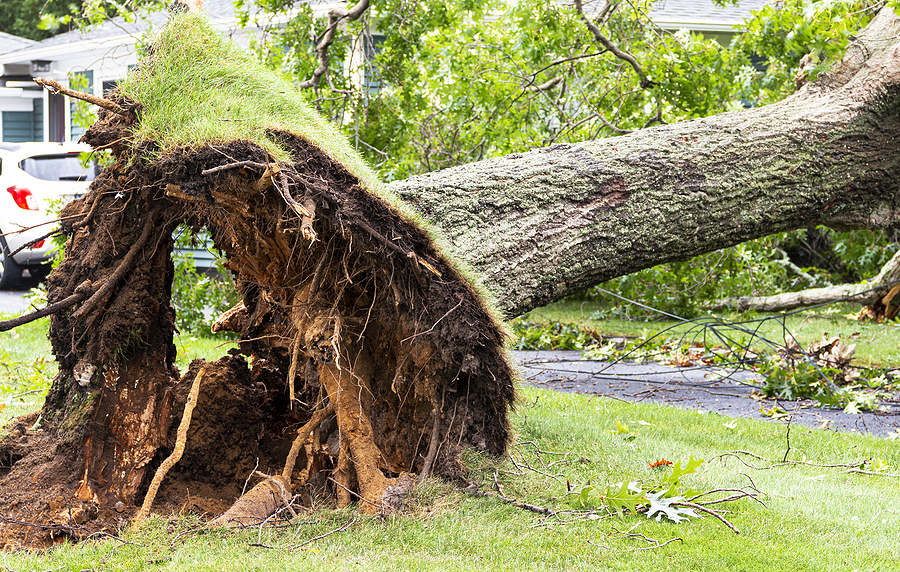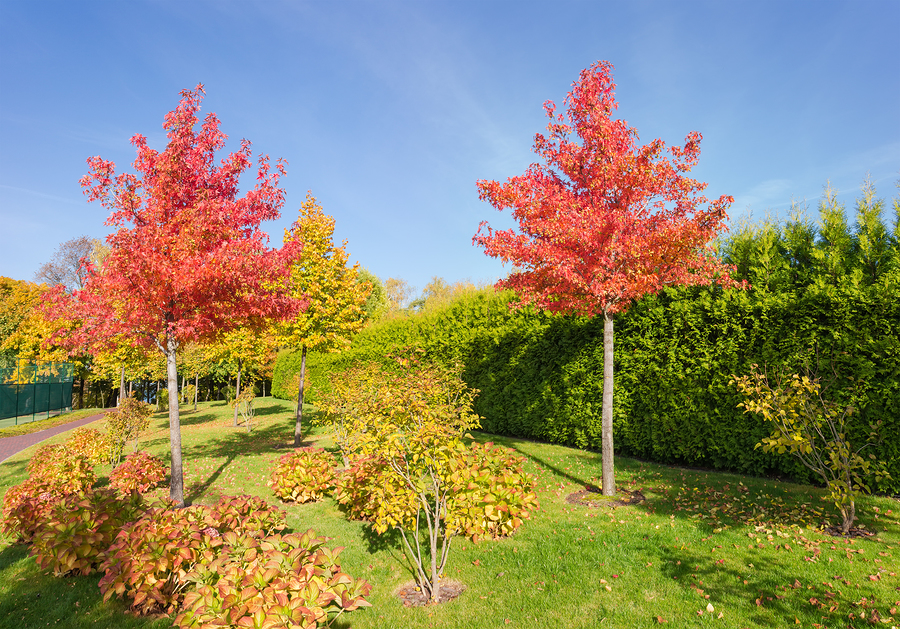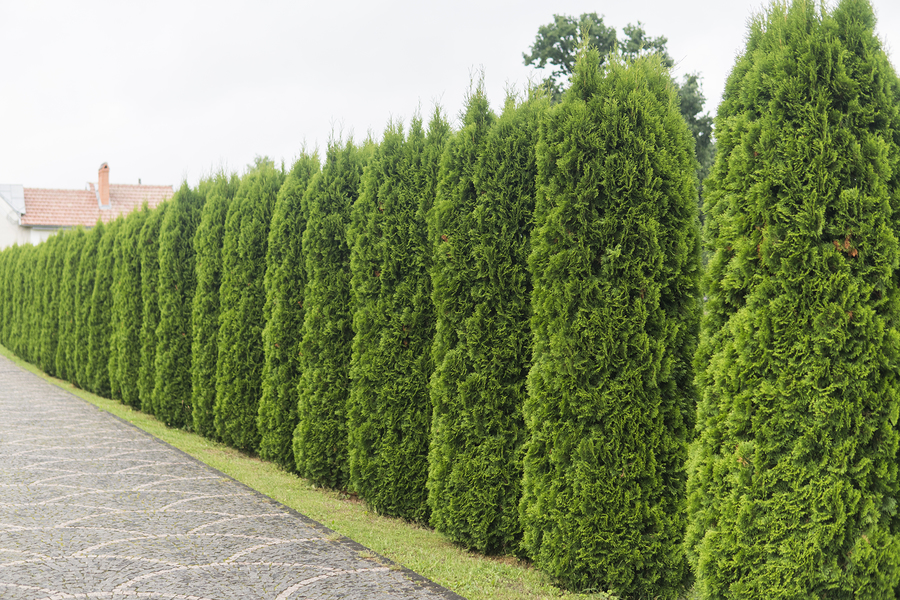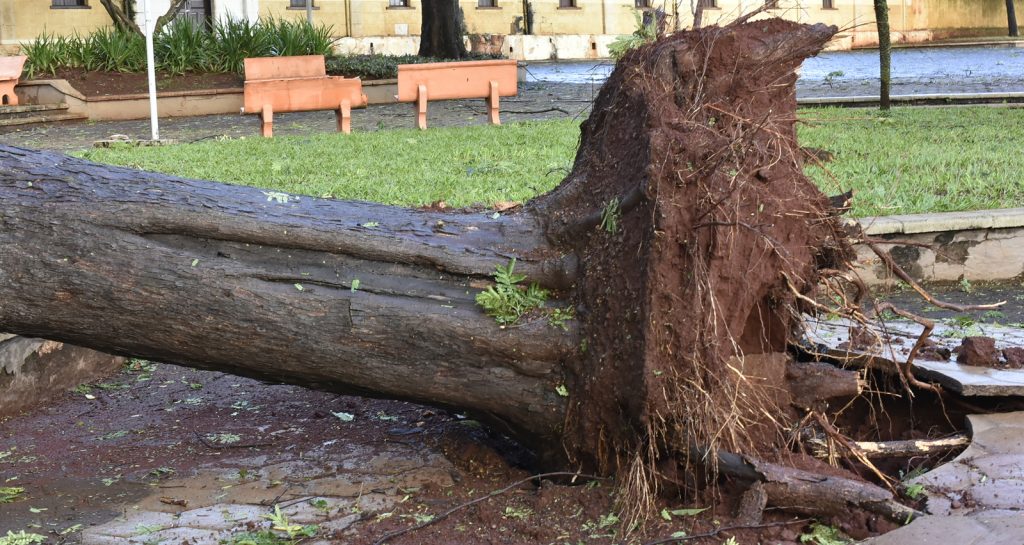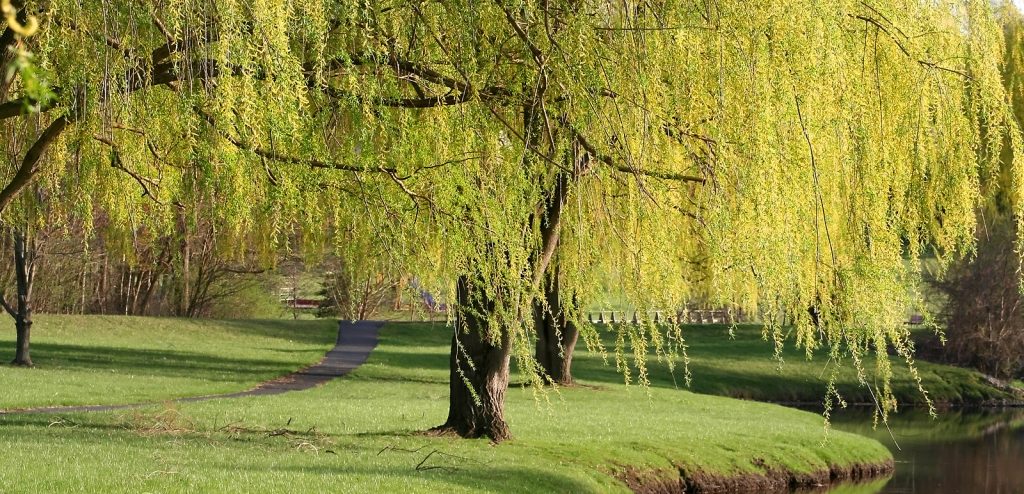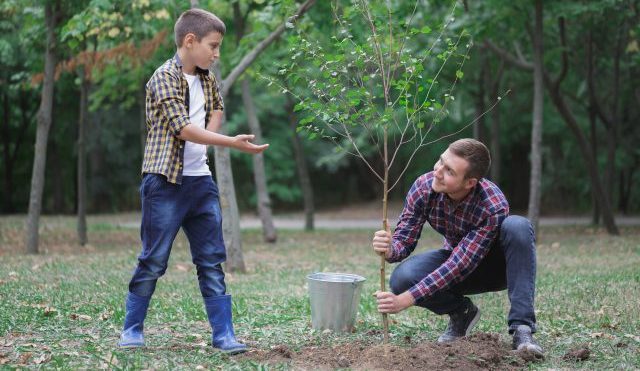Have you ever heard of the soil food web? If not, it’s something that could benefit your trees in a big way. The soil food web is a complex network of organisms that interact with one another to create a healthy and balanced Ecosystem within the soil. This system helps trees get the nutrients they need to thrive and can even help protect them from diseases or pests.
In this blog post, we will discuss what the soil food web is, how it works, and why it’s important for tree care. We will also provide some tips on how to maintain and encourage healthy levels of beneficial organisms in your soil so you can keep your trees as healthy as possible!
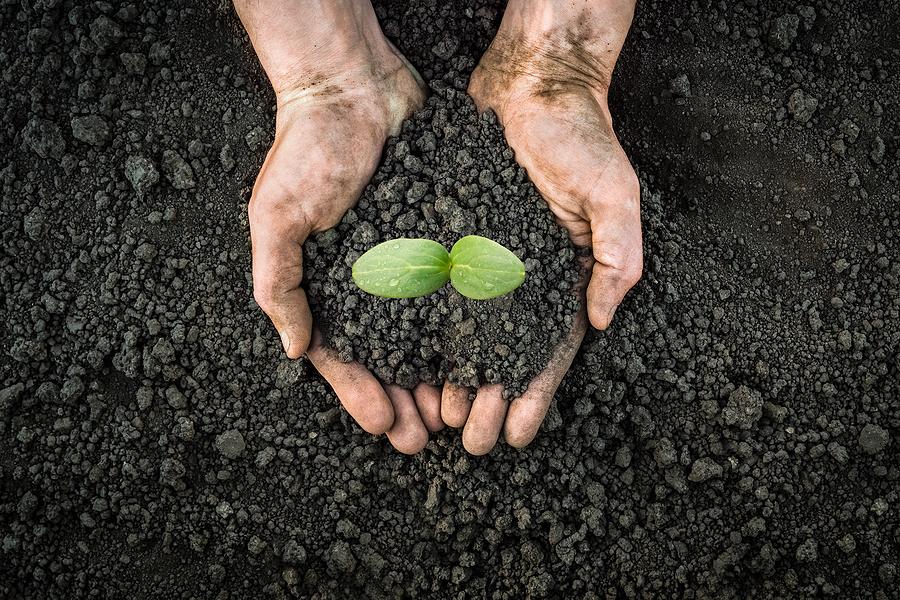
Soil Food Web Facts
The soil food web is made up of organisms such as bacteria, fungi, earthworms, and nematodes. These organisms help cycle nutrients from the soil to the trees’ roots. This cycling process helps ensure that the tree is getting all the essential nutrients it needs for growth, including nitrogen, phosphorus, potassium, and other trace minerals.
As these tiny organisms decompose organic matter in the soil, they also produce substances that can help protect trees from pests and diseases by attacking them before they have a chance to do any damage. Additionally, these same beneficial microorganisms play a crucial role in improving soil structure by creating air pockets in the dirt and binding together particles of sand or clay so water can move freely throughout it.
Another type of organism in the soil food web is mycorrhizal fungi, which form a symbiotic relationship with plant roots. This type of fungus helps increase the surface area for water and nutrient absorption and may even be able to transfer nutrients from one tree to another!
Maintain Healthy Trees With Optimal Soil Biology
Overall, the soil food web plays an incredibly important role in maintaining healthy trees. Without it, trees would not be able to get all the necessary nutrients they need for growth or have any protection against pests and diseases. Therefore, it’s important that we do our part as tree owners/caretakers by encouraging healthy levels of beneficial organisms in our soils. This can be done through practices such as using compost or mulch around trees, avoiding over-fertilizing, and minimizing soil compaction. By following these simple steps, we can ensure that our trees are getting the best possible care.
Soil Testing
Testing your soil can be an important and necessary step to ensure that your landscape is healthy for trees. It helps diagnose potential problems with the fertilizer or nutrient content of the soil, ensuring a healthy environment for all plants on your property. Having an understanding of what kind of nutrients, you have in the soil is key to providing the trees the best environment possible. It will improve their growth potential, provide greener leaves, and make the sizes larger among other benefits. Regularly testing your soil at least once a year will help guarantee optimal health for your tree investment.
Conclusion
In conclusion, the soil food web is an incredibly complex network of organisms that interact with one another to provide essential nutrients and protection for trees. It’s important to understand how this system works so you can take proper care of your trees and make sure they get all the benefits it provides. With a little bit of effort on our part, we can ensure that our trees stay healthy for many years to come!
Ready to get your trees in shape for summer? Start now! Contact Complete Tree Care at 317-783-2518 to get advice from a certified arborist in Indianapolis, Indiana. We serve residential and commercial clients with comprehensive tree care solutions.
Related Posts:
Top Tips for Avoiding Transplant Shock in Trees
The Common Process of Tree Fertilization
4 Topsoil Problems That Can Negatively Affect Tree Health

